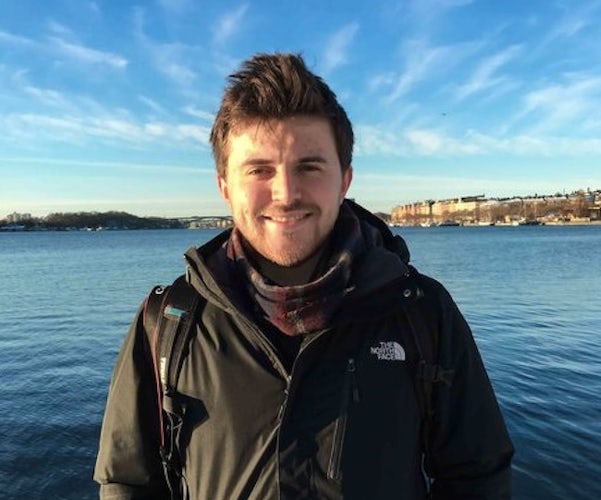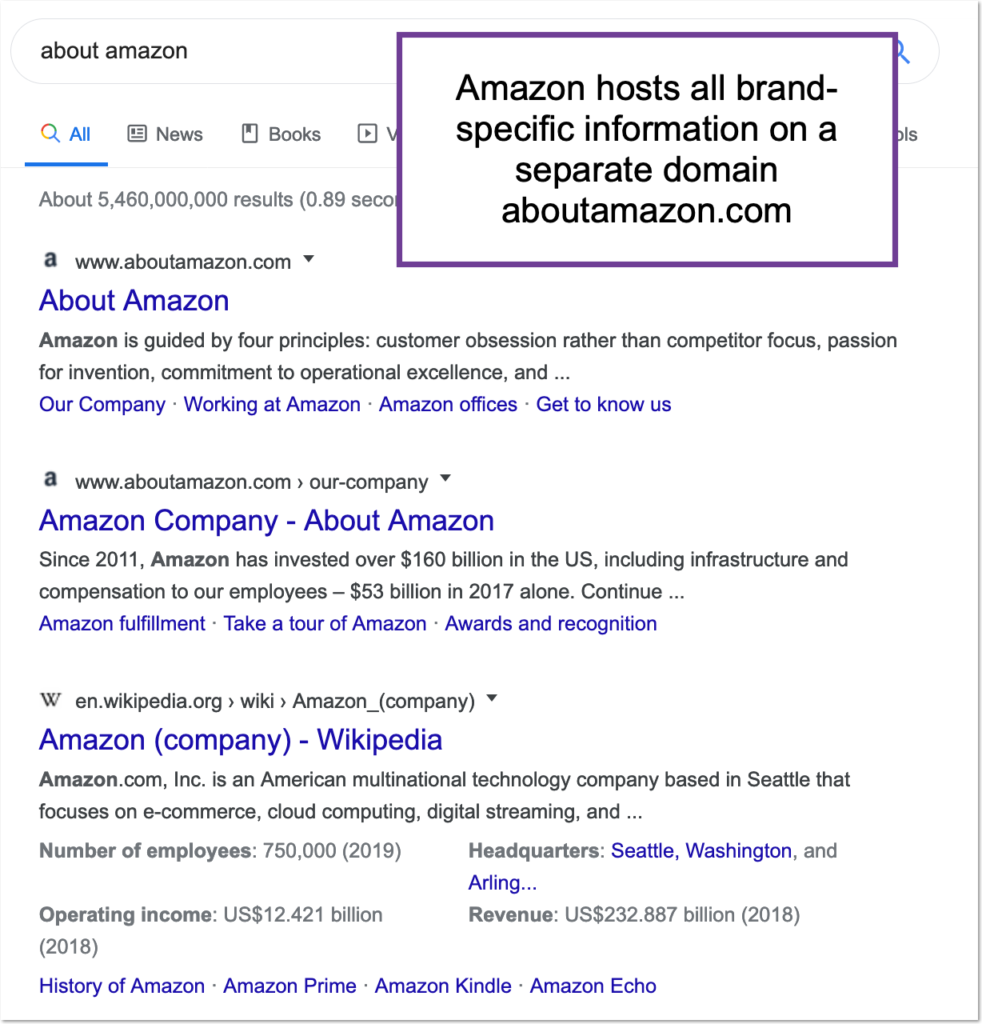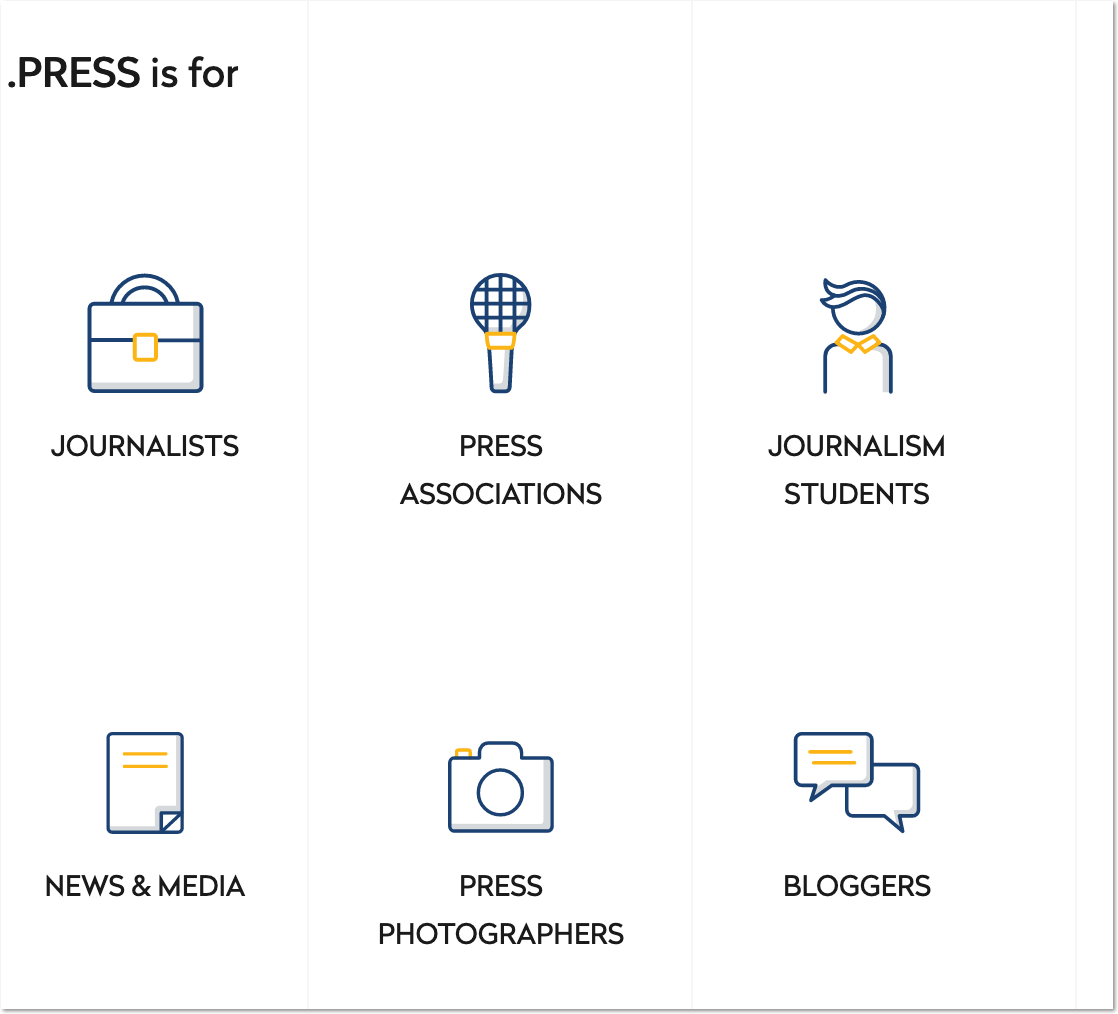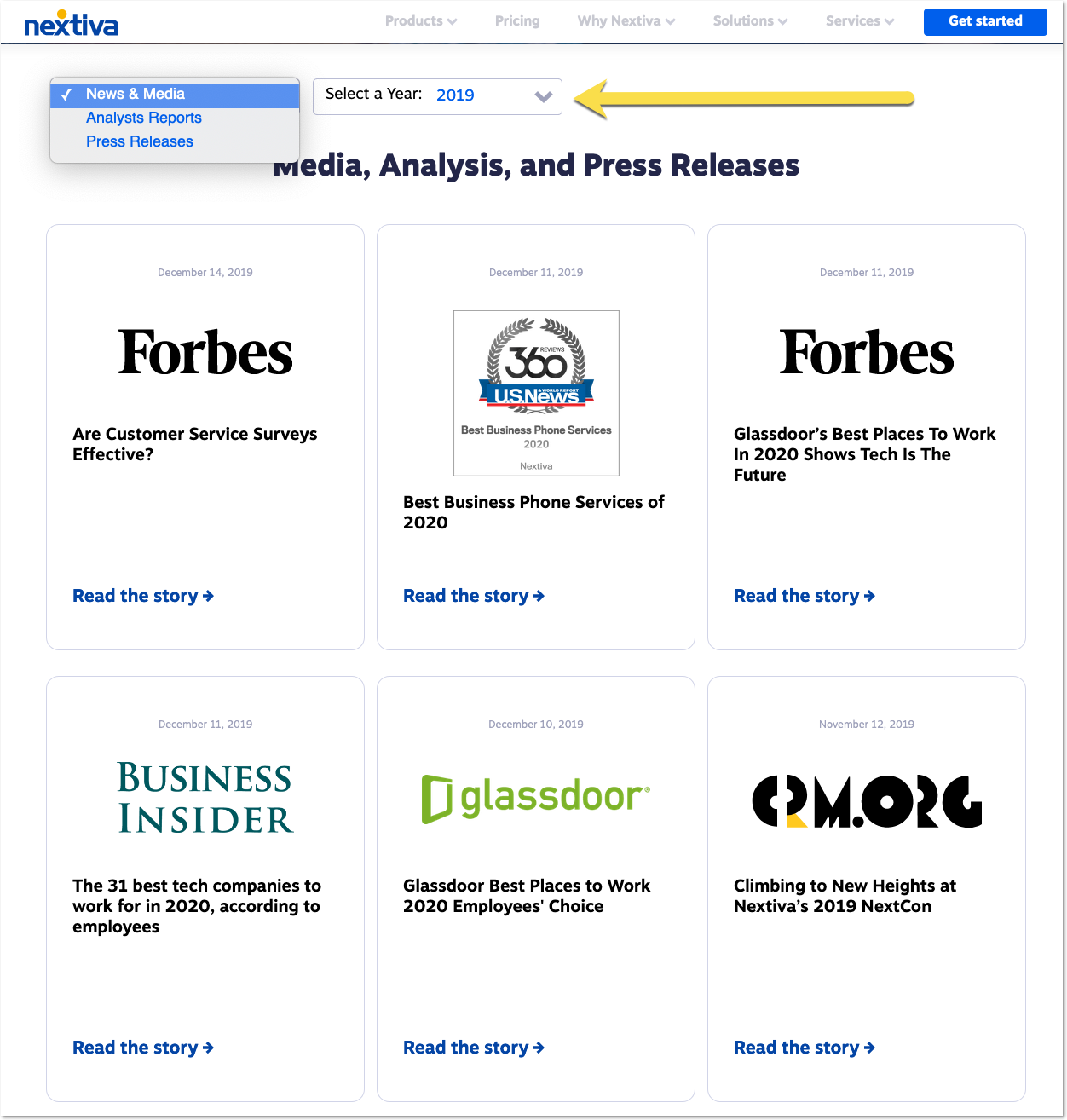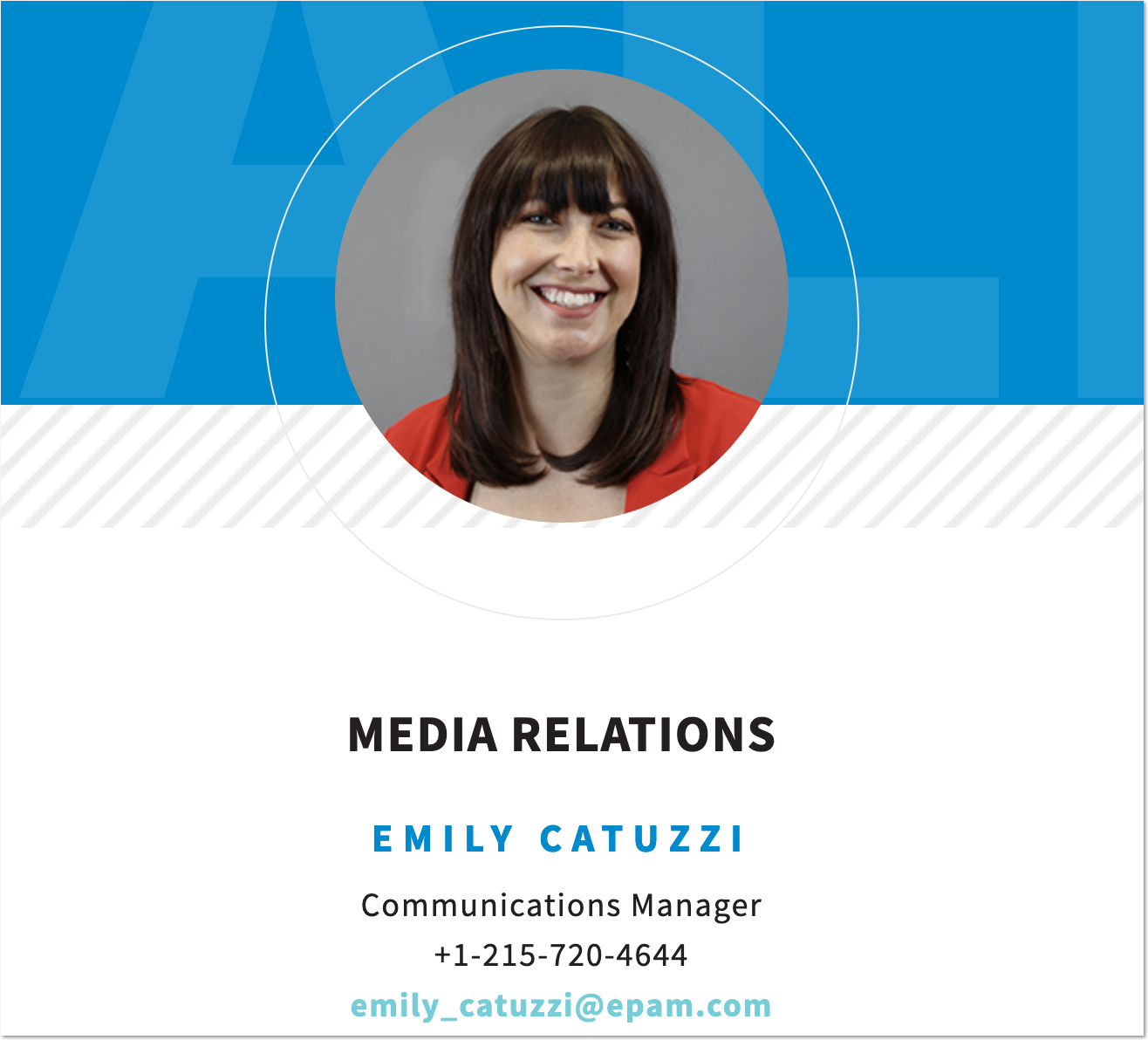http://feedproxy.google.com/~r/TheWritePractice/~3/jsSediZW1RM/
Let’s start with the obvious: You don’t know how to write a book. I’ve written seven books, and I don’t really know how to write a book either. I have a process that works, sure, but with writing, as with many things in life, it’s always when you think you know what you’re doing that you get into trouble.
So let’s just admit right now, you don’t know how to write a book, and definitely not in 100 days, and that’s okay. There, don’t you feel better?
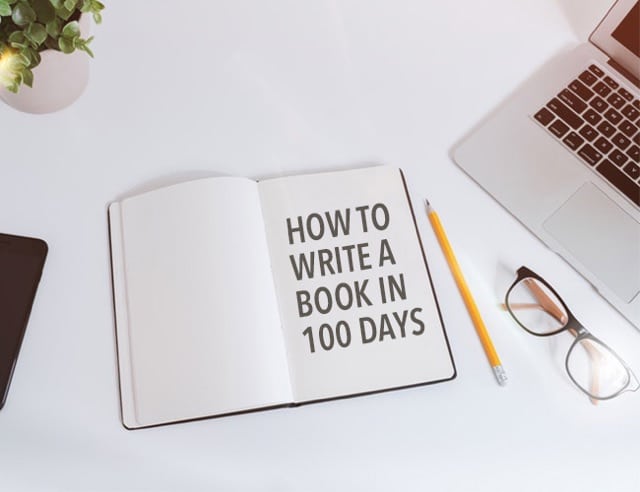
There’s this one moment I think about all the time. I had just finished work—I had this horrible desk job at the time—and as I was getting ready to go home, I felt this urge come over me to become a writer. I had felt like I wanted to become a writer before, for years actually, but in that moment, it was all-consuming. Have you ever felt like that before?
And so, instead of going home, I got out a blank piece of paper, and I stared at it. I stared at that blank piece of paper for a really long time. Because I was looking for a book. If only I could come up with the perfect idea, if only I could write a book, then I’d finally feel like a writer.
But I couldn’t think of anything, or at least nothing worthy, and after staring at that blank piece of paper for an hour with nothing, I gave up. In that moment, I felt like I was further from my goal to become a writer than I ever had be. I was so discouraged.
I was discouraged because I didn’t know how to write a book.
Honestly, I might still be there today if I hadn’t had a few lucky breaks and several mentors to teach me the process of how to write a book.
Are you ready to finish your book in 100 days?
Join the 100 Day Book program.21 Writers Who Finished Their Books in 100 Days
//platform.twitter.com/widgets.js
“
The first draft of a book—even a long one—should take no more than three months the length of a season.—Stephen King
You might say you’re not able write a book in 100 days. You might worry that you’re not able to write a book at all. But I don’t believe that. I honestly believe that everyone can write a book, and I’m not just saying that. I believe it because I’ve done it.
In fact I wrote my first book in fewer than 100 days. I wrote my latest book in just sixty-three days.
I’m not alone, either. I’ve worked with hundreds of other writers to write their books, too. Here are just a few:
Fall 2019 Cohort
These writers are just a few who finished their books in our Fall 2019 semester of the 100 Day Book program.
A. Kaay Miller had a vision of a fantasy novel in April of 1980. Twenty-nine years later, she joined the 100 Day Book program and finally finished. “The habit of writing daily was the most difficult part, and it pushed me on until the point where suddenly my story seemed to flow like water from my fingers to my keyboard,” she says. Now, she’s preparing to begin editing her book this month in 100 Day Book: Draft 2. Read her full story here.
Debra Lobel had also nurtured a book idea for years. “I had been struggling with writing my memoir for years and almost gave up. But after joining the 100 Day Book Program, I completed writing my first draft in 100 days,” she says. Now, she’s signed up to write her next draft with us in 100 Day Book: Draft 2. Read Debra’s story here.
Iris Marsh had actually given up on her book when she joined the Write Practice community. The 100 Day Book program prompted her to pick up her book again. “While I thought to myself, ‘there’s no way I can write a book in just 100 days’, I signed up anyway, hoping for the best. And what do you know? I actually did finish my first draft in 100 days!” she says. “If you are an author and you struggle with getting your first draft done, give this program a try! Yes, it does cost money, but I promise it’s worth it!” Read about Iris’s writing journey here.
Jake Strife knew he had what it takes to write a book. In fact, he’d already written nearly two dozen books, and published them to his vast audience of Wattpad readers. But after his twenty-second book took him eight months to write, he realized he needed help, and he joined 100 Day Book. And it worked! “After taking 8 months to finish book 22 . . . Book 23 took less than 4. And I resolved then and there that I would set 100 days to be my limit for each book I write in the future,” he says. Read about Jake’s experience writing his twenty-second book here.
Myka Correll believed she had a great idea, but she wasn’t sure her writing could do it justice. Perfectionism kept her from ever finishing a book. Then she joined 100 Day Book. “The consistent effort I needed to put out in order to finish the 100 day challenge gave me the needed push to finish my rough draft,” she says. “And then, feeling on a roll, I published my first two books.” Read about how she overcame perfectionism here.
Michael Lynn knew he could write, but he wondered if a novel was beyond him. “I have written papers, poems, short stories, instructions, essays, articles, newsletters, website copy, marketing copy, a few blog series, a history book, a children’s book, and have even been a technical writer and editor. But one thing I have never finished (though I had started many times) was a novel,” he says. Then he joined 100 Day Book—and a few months later, he finished his first novel. “For me, and for others I met in the challenge, the key is to have others running the race alongside you, overcoming the same challenges and obstacles, jumping the same hurdles.” Read Michael’s full story here.
Bart Mann knows that his best writing (honestly, sometimes his only writing) comes when he’s facing down a deadline. And that’s what he got in 100 Day Book: a set of deadlines to hold him accountable, and a community that would spur him on to meet them. “The encouragement and inclusivity by the Write Practice staff and fellow writers created a warm and wonderful atmosphere that would be hard to duplicate elsewhere. I really felt like part of a community, one that wanted me to succeed almost as much as I did,” he said. “Plus now I have a finished draft of a novel I’ve been working on for longer than I care to admit.” Read about Bart’s writing experience here.
Deborah Trahan is no stranger to major projects. In fact, she decided to build a house and write her book at the same time. The process wasn’t easy, but with 100 Day Book, she’s made it to the final page of her book. “If not for the professional support provided by bestselling author Joe Bunting and his crew at The Write Practice, I’d still be staring at a blank computer screen,” she says. “Instead, I’m on my way to publication.” Her best advice for other writers? “Writing a novel is a big enough challenge without attempting to do it alone. So, don’t.” Read Deborah’s full story here.
Fall 2017 Cohort
These writers are just a few who finished their books in our Fall 2017 semester of the 100 Day Book program.
Stella Moreux had been “marinating” on an idea for her “southern fried” fantasy novel for more than three years, but it wasn’t until she signed up for the 100 Day Book program that she seriously started writing it. “I won’t mince words when I say this was hard,” Stella says in her post about the writing process. “However, I would not trade this experience for anything. I survived and finished! The 100 Day Book Program is a challenge but worth it!”
Jodi Elderton had written short stories, but never a novel, and with almost two jobs and young kids, she worried she never would. But she says, “This program made it doable, if you stick with it.” By the end, she finished her novel and said to her writing community, “We made it!” Read Jodi’s full story here.
Rita Harris had an incredibly hard year. After committing to writing her novel, she says she had a marriage breakdown, sold her house and moved, and then had a health scare. Any one of those things could have derailed her writing process, but she kept going, motivated by the writing team she had surrounded herself with and the accountability she agreed to. Despite everything, she finished her book, “something which I doubt I would have had even without the life challenges I faced during the course of my writing if I had not enrolled in the program.” Read her story of determination here.
Karin Weiss‘s novel, A Roaring Deep Within, had been languishing half-finished for years. When she began the process, she thought it would be easy, mostly rewriting, but the process proved much more difficult than expected. What saved her was the writing community in the 100 Day Book program. “I found there a ‘writer’s community,’” she says, “that was available night and day that gave me support and motivation to keep going when my energy dragged, or when I felt discouraged at a tough point in my writing.” Read more about how Karin finally finished her novel-in-progress here.
Spring 2017 Cohort
These writers are just a few who finished their books in our Spring 2017 semester of the 100 Day Book program.
Sef Churchill decided to write her book in 100 days “on an impulse one Thursday night.” She followed our process, and by Sunday had committed to an idea. How did it go? “Now I have a book,” she says, “a book which before that first Sunday, I had not even dreamed of.” Check out the 10 lessons she learned about the book writing process.
Ella J. Smyth wrote two of her Romance novels (two novels!) in a little over a 100 days. She talks about her experience, and the power of accountability, here.
Nathan Salley set aside one day a week to write his book, and in that restricted amount of time he was able to finish his book in less than 100 days. You can read about Nathan’s experience (and his next steps into publishing) here.
When Margherita Crystal Lotus told me her sci-fi/fantasy mashup novel was going to be over 100,000 words, and that she was going to do it in 100 days, I had a few doubts she would be able to finish it in time. But she did finish in time, a few days early in fact. And now she’s published the finished book. You can read more about her novel The Color Game here.
Kira Swanson rewrote her novel, which she finished in NaNoWriMo, expanding it from a 70,000-word first draft into a 100,000-word second draft. She recently pitched it to agents and had five of them ask to see the finished manuscript. You can read more about her novel revision experience here.

Kira Swanson’s goals and accountability helped her rewrite her novel in 100 days.
Sandra Whitten was feeling lost and unprepared in the midst of her first book. But after she signed up for our course, she began writing every day for the first time and finally finished her book. You can read more about Sandra’s experience here.
Fran Benfield said that before she signed up for our program, she was “drowning in a sea of words” (I can relate to that feeling!). But she did finish, and found her voice through the process. You can read about how she wrote her memoir here.
Uma Eachempati had been wanting to write about her father’s experience as a prisoner of war during World War II for years. She finally finished it in August, writing it in less than 100 days!
Doug Smith told me he had been thinking about his idea for a novel, Phoenix Searching, “for more years than I care to admit to.” By following our process, he finally finished his novel in May! “What I thought was a long shot,” he says, “turned out to be totally doable.”
These writers have finished their books in less than 100 days, and the reality is you can too. You just need to have the right process.
How to Write a Book in 100 Days: 5 Steps
What did these writers do differently? How do you actually write a book in 100 days? There are five steps:
1. Commit to an idea.
Having an idea is easy. Committing to an idea isn’t, especially if you’re like most writers I know and have dozens of them!
//platform.twitter.com/widgets.js
“
“Ideas are useless. Execution is everything.” —George R.R. Martin
The first step to writing a book is to commit to executing—no matter how you feel about your writing during the process, no matter how many new ideas you come up with in the meantime, no matter what other important things come up. You have to commit to finishing no matter what.
2. Create a plan.
I’ve found that the people who have planned are much more likely to finish their books. A plan doesn’t have to look like a detailed outline, though, so if you’re not into plotting, that’s okay.
Here are a few things your plan should include:
- Word count. How long will your book be? (Here’s a word count cheat sheet.) Divide that by how many days you have to write: e.g. there are about 71 weekdays in 100 days.
- Intention. Where will you write each day? How long will you write each day? Visualize yourself writing there for that long.
- Publishing and Marketing process. Not because you need to know that now, but because by thinking about it and visualizing it, you improve your chances of actually getting there.
If you think through each step of your book, from your initial idea through the writing process to the publication and marketing of your book, you’ll be much more prepared when the writing goes wrong (because it will).
3. Get a team.
Most people think they can write a book on their own. Most people think they don’t need support or encouragement or accountability to write a book. And that’s why most people fail to finish their books.
That was me. I used to think that I could do it own my own. Honestly, I thought I had no choice but to do it on my own. And I failed again and again and again.
Don’t be most people. The great writers throughout history wrote in the midst of a community of other writers. You need a community, too.
A team might look like:
- A writer’s group
- A writing course or class
- An editor or mentor
When you get stuck, as you inevitably will, it’s your team who will help you get unstuck. Don’t start writing your book without one.
4. Write badly every day.
Your first draft will not be perfect. Far from it. You may not be able to stand how bad your writing is. Your sentences might come out as deformed monsters. Your story or logic might go off on strange tangents. You may feel like everything you write is stupid, shallow, and boring.
Write anyway.
It always starts out like this. Writing is iterative. Your second draft will be better than your first. And your fifth draft will be better than your second.
Write badly all the way to the end. You can fix it later.
5. Get accountability.
I had been writing my latest book for two years, two unproductive years of feeling bad about myself all the time for not writing. This was my seventh book. I should have known how to write a book by now. I didn’t.
It took two writing friends calling me out (see step 3) for me to finally realize I needed to take drastic measures.
And so I wrote a check for $1,000 to the presidential candidate I disliked the most (this was during the 2016 election), and gave it to a friend with orders to send the check if I missed my deadline. I’ve never been more focused in my life, and I finished my book in sixty-three days.
Pretty good accountability, right? Most writers need deadlines and accountability to stay focused and do the hard work of writing.
You Can Try to Do This on Your Own, But You Probably Won’t
Have you ever tried to write a book and failed? I have. Many many times over. My biggest mistake was trying to do it alone.
Honestly, it wasn’t until I hired a coach and found a writing mentor that I finally finished my first book.
If you want to write a book, I would love to help you. Right now, for a limited time, you can join the 100 Day Book program. Over the course of 100 days, I’ll guide you through the writing process, and by the end of the 100 days, you’ll have a finished book.
So many writers have finished their books in this program (including the writers above), and so can you. If you want to join the program and finish your book in 100 days like the writers above, you can sign up here.
Have you finished writing a book? What was the most important thing that enabled you to finish? Let us know in the comments!
PRACTICE
Have a book idea? Commit to finishing it, no matter what. Let us know in the comments what your book idea is and publicly commit to finishing it.
Happy writing!
The post How to Write a Book in 100 Days appeared first on The Write Practice.

